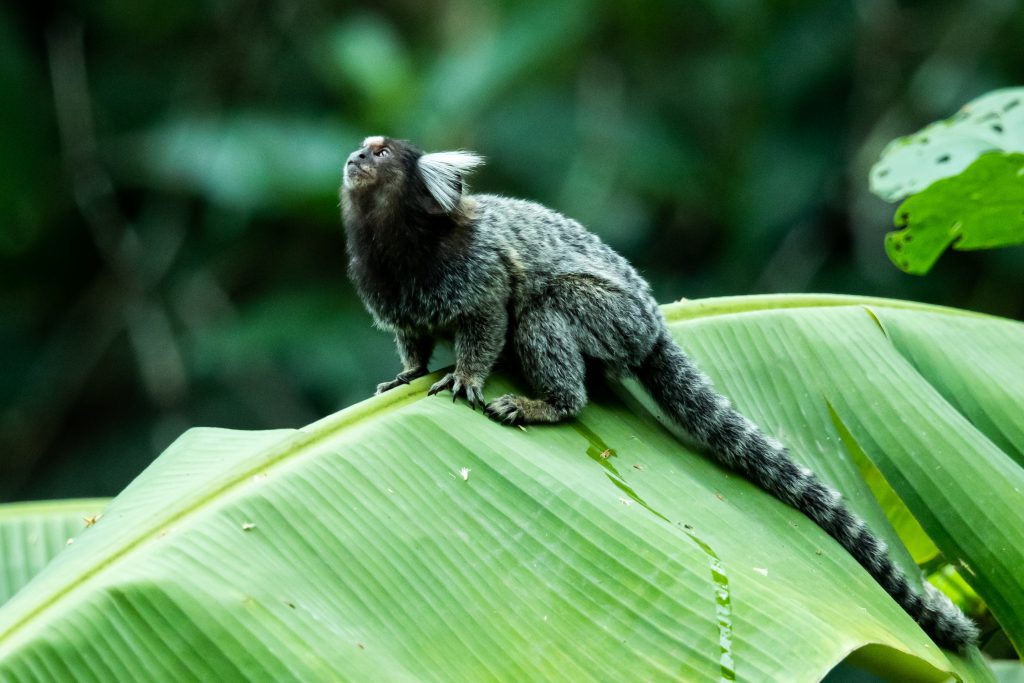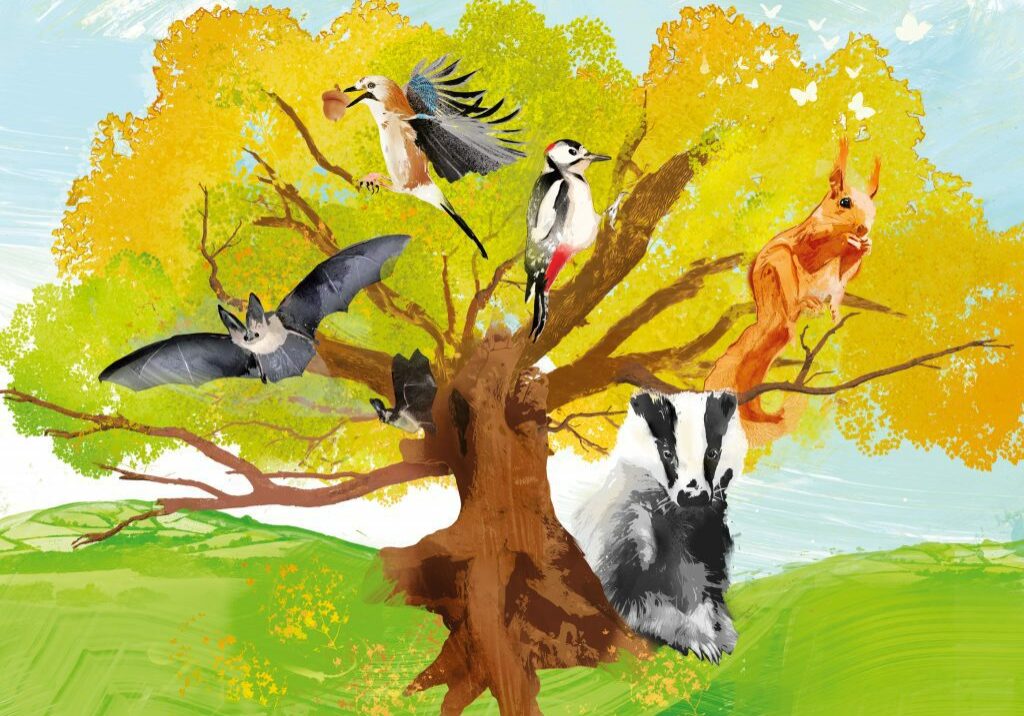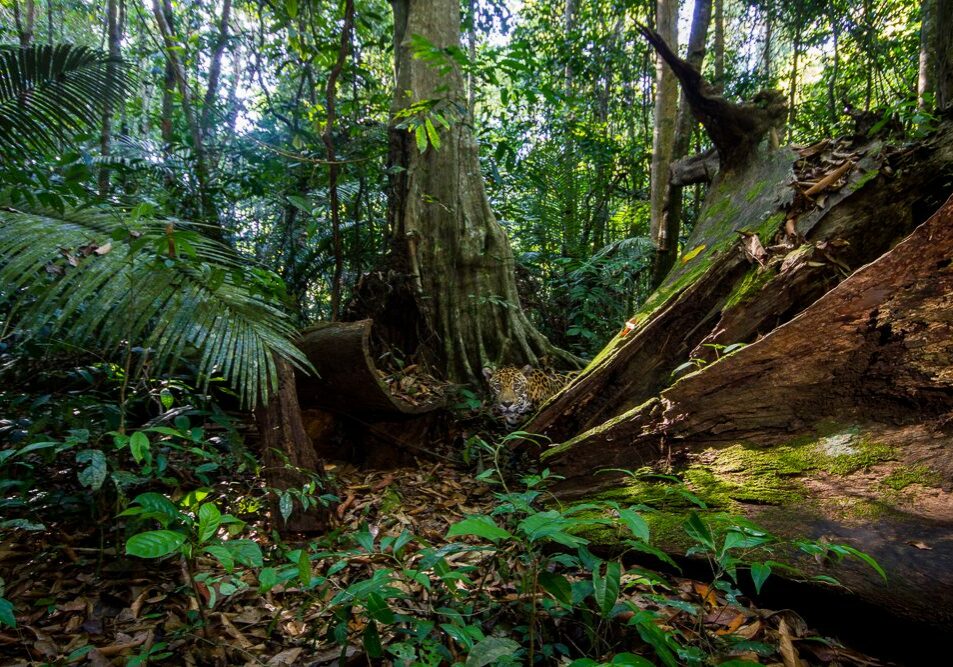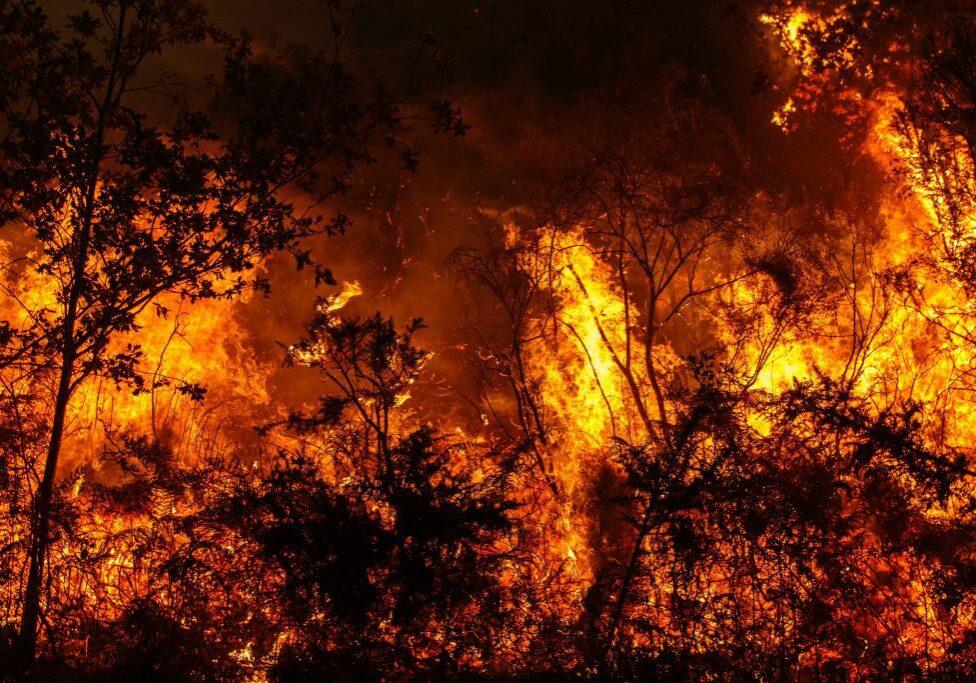Satellite images show that nearly 590,000 sq km of forest have regenerated worldwide since the year 2000. Natural forests on that scale have the potential to store the equivalent of 5.9 gigatonnes of carbon dioxide – more than the annual emissions of the US – as well as providing a habitat for countless species.
The figures come from a new global map of forest regeneration by Trillion Trees – a joint venture between WWF, BirdLife International and Wildlife Conservation Society. Our vision is to restore, save and protect a trillion trees worldwide by 2050.
Brazil’s Atlantic Forest, where we’ve been working for many years, is one of the biggest success stories. Restoration projects and more responsible forestry and farming have led to the regeneration of 42,000 sq km of rainforest in Brazil, more than half the size of Scotland. Other regeneration hotspots include Canada, central Africa and Mongolia.

© WWF / HUMBERTO TAN
Unfortunately, deforestation continues at an alarming pace in other parts of the world. In the same period, over 3.8 million sq km of tree cover was lost worldwide – more than seven times the area of naturally regenerated forest identified in the research.
Many countries, including the UK, have pledged to restore forests as part of their climate plans. But these commitments include limited expansion of natural forests, despite the benefits this brings.
“We’ve known for a long time that natural forest regeneration is often cheaper, richer in carbon and better for biodiversity than actively planted forests,” says Will Baldwin-Cantello, who leads our work on nature-based solutions to climate change. “This research tells us where and why regeneration is happening, and how we can recreate those conditions elsewhere.
“But we can’t take regeneration for granted – deforestation still claims millions of hectares every year, vastly more than are regenerated. To realise the potential of forests as a climate solution, we need support for regeneration in plans to tackle the climate crisis. And we must address the drivers of deforestation, which in the UK means strong domestic laws to prevent our food causing deforestation overseas.”
WHAT IS REGENERATION?
Forest regeneration is about letting nature take the lead. But while some areas just need to be left alone for the forest to grow back, others need a helping hand. Broadly speaking, there are three categories…

1. Active restoration
This is necessary if land is very degraded or can’t recover on its own. This often involves planting areas of native trees and shrubs, including around crops and grazing land (known as agroforestry).

2. Assisted natural regeneration
This is about encouraging former forest to reassert itself, for example by removing invasive vegetation or fencing the land to prevent animals grazing down young trees.

3. Spontaneous natural regeneration
This is when an area is able to reforest itself of its own accord, without human input – and sometimes even without our knowledge. This hands-off approach is often the best-case scenario for reforestation.
Find out more
Explore our map of regeneration hotspots to see where forests are recovering.
More to explore

The nature of happiness
Forests are vital to our health and our planet, but over 10 billion trees are felled every year. With your help, we’re working to protect and restore one trillion trees

